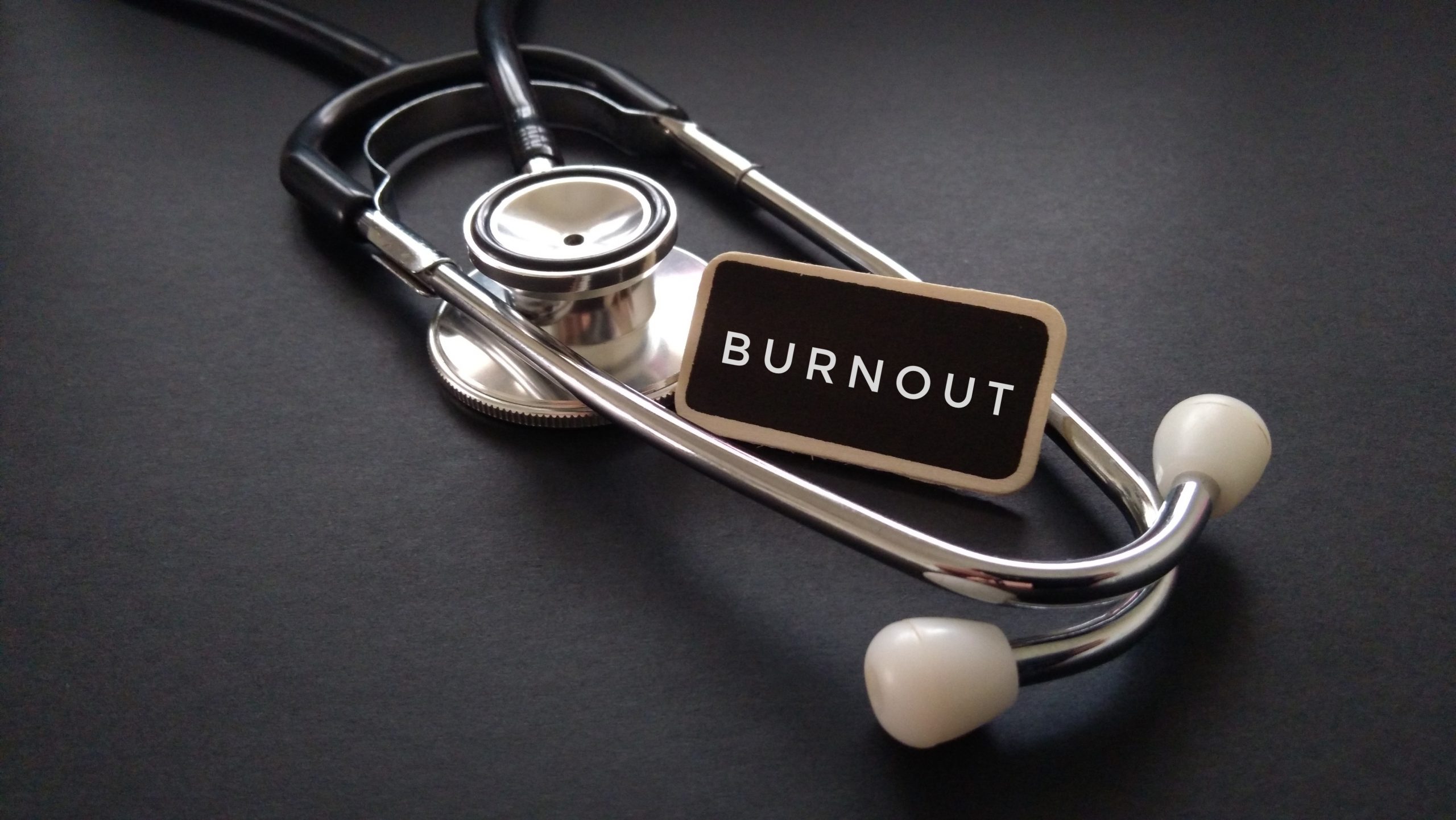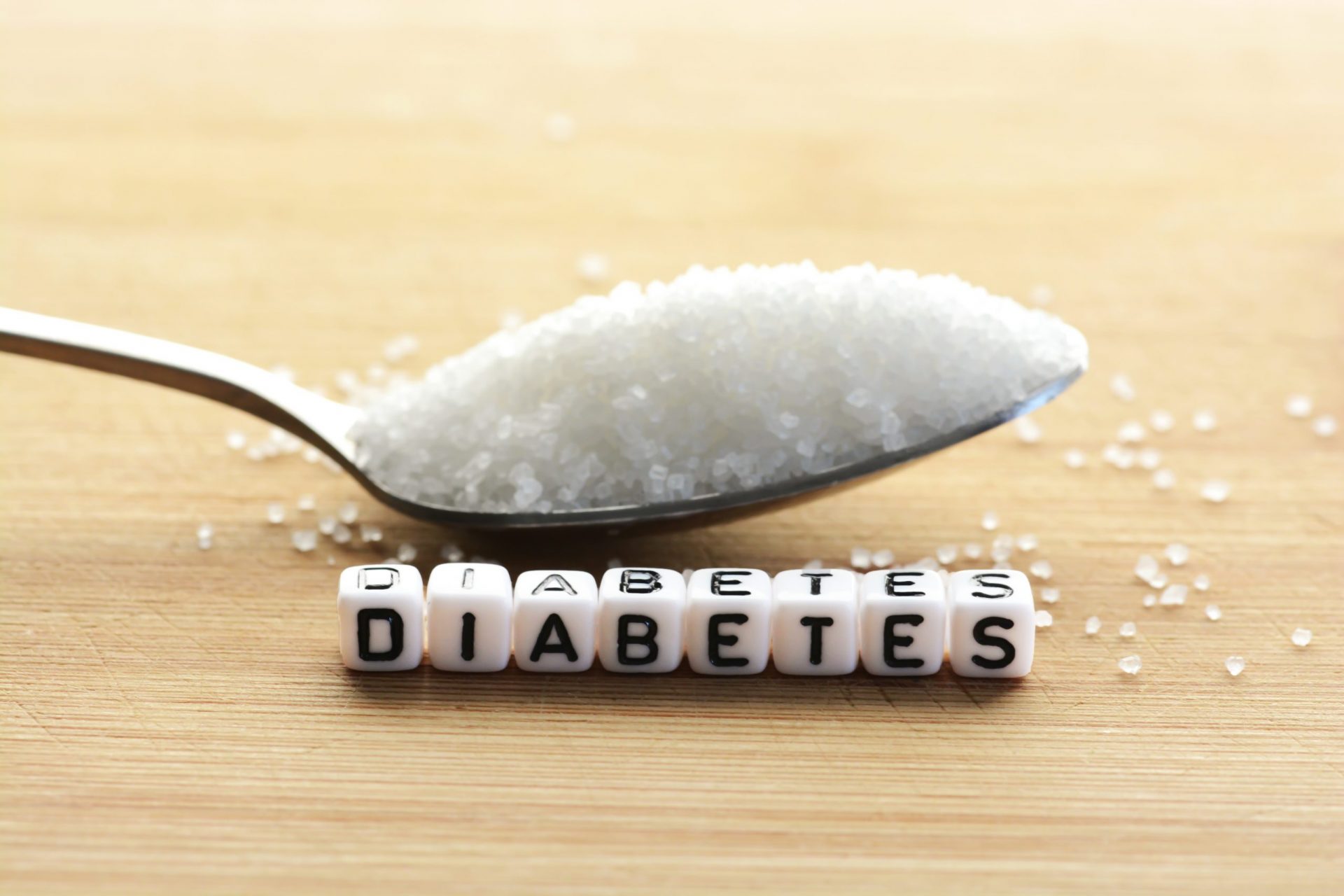Maintaining stable blood sugar levels is crucial for overall health, especially for individuals managing conditions such as diabetes or those concerned about blood sugar control. One dietary component that plays a significant role in managing blood sugar levels is fiber. Fiber is a type of carbohydrate that is not broken down by the body’s enzymes, resulting in slower digestion and a more gradual release of glucose into the bloodstream. In this article, we’ll explore the benefits of fiber for blood sugar control and how you can incorporate more fiber-rich foods into your diet.
- Improved Blood Sugar Regulation: Fiber has a unique ability to slow down the digestion and absorption of carbohydrates, which helps prevent rapid spikes in blood sugar levels. By slowing the release of glucose into the bloodstream, fiber promotes more stable blood sugar levels and reduces the risk of sudden blood sugar spikes and crashes. This is particularly beneficial for individuals with diabetes or insulin resistance.
- Increased Satiety: Foods rich in fiber tend to be more filling and satisfying, which can help control appetite and prevent overeating. When you consume high-fiber foods, they take longer to digest and provide a sense of fullness and satisfaction, reducing the likelihood of snacking on unhealthy, high-sugar foods that can disrupt blood sugar levels. By promoting satiety, fiber can aid in weight management and overall blood sugar control.
- Enhanced Insulin Sensitivity: Insulin is the hormone responsible for regulating blood sugar levels by allowing glucose to enter cells. Fiber has been shown to improve insulin sensitivity, meaning that the body’s cells become more responsive to insulin, resulting in more efficient glucose uptake. Improved insulin sensitivity can contribute to better blood sugar control and reduced risk of insulin resistance and type 2 diabetes.
- Lower Glycemic Index: The glycemic index (GI) is a scale that measures how quickly and significantly a carbohydrate-containing food raises blood sugar levels. Foods with a high GI cause a rapid spike in blood sugar, while low GI foods have a slower and more gradual impact. High-fiber foods generally have a lower glycemic index, as fiber slows down the digestion and absorption of carbohydrates. Choosing low GI, fiber-rich foods can help maintain more stable blood sugar levels.
- Improved Digestive Health: Fiber plays a crucial role in maintaining a healthy digestive system. It adds bulk to the stool and helps promote regular bowel movements, reducing the risk of constipation. A healthy digestive system contributes to overall well-being and can indirectly support blood sugar control by promoting nutrient absorption and optimal gut health.
- Weight Management Support: Maintaining a healthy weight is important for blood sugar control. Fiber-rich foods can be beneficial for weight management due to their low calorie density, high volume, and satiating properties. By including more fiber in your diet, you can feel fuller for longer and potentially reduce overall calorie intake, which may aid in weight loss or weight maintenance.
To incorporate more fiber into your diet and reap its benefits for blood sugar control, consider the following tips:
- Choose Whole Grains: Opt for whole grain versions of bread, rice, pasta, and cereals, which are higher in fiber compared to their refined counterparts.
- Load Up on Fruits and Vegetables: Fruits and vegetables are excellent sources of fiber. Aim to include a variety of colorful options in your daily meals and snacks.
- Include Legumes and Beans: Legumes, such as lentils, chickpeas, and black beans, are rich in fiber and can be added to soups, salads, or used as a base for vegetarian dishes.
- Snack on Nuts and Seeds: Nuts and seeds, including almonds, chia seeds, and flaxseeds, are not only packed with fiber but also provide healthy fats and












